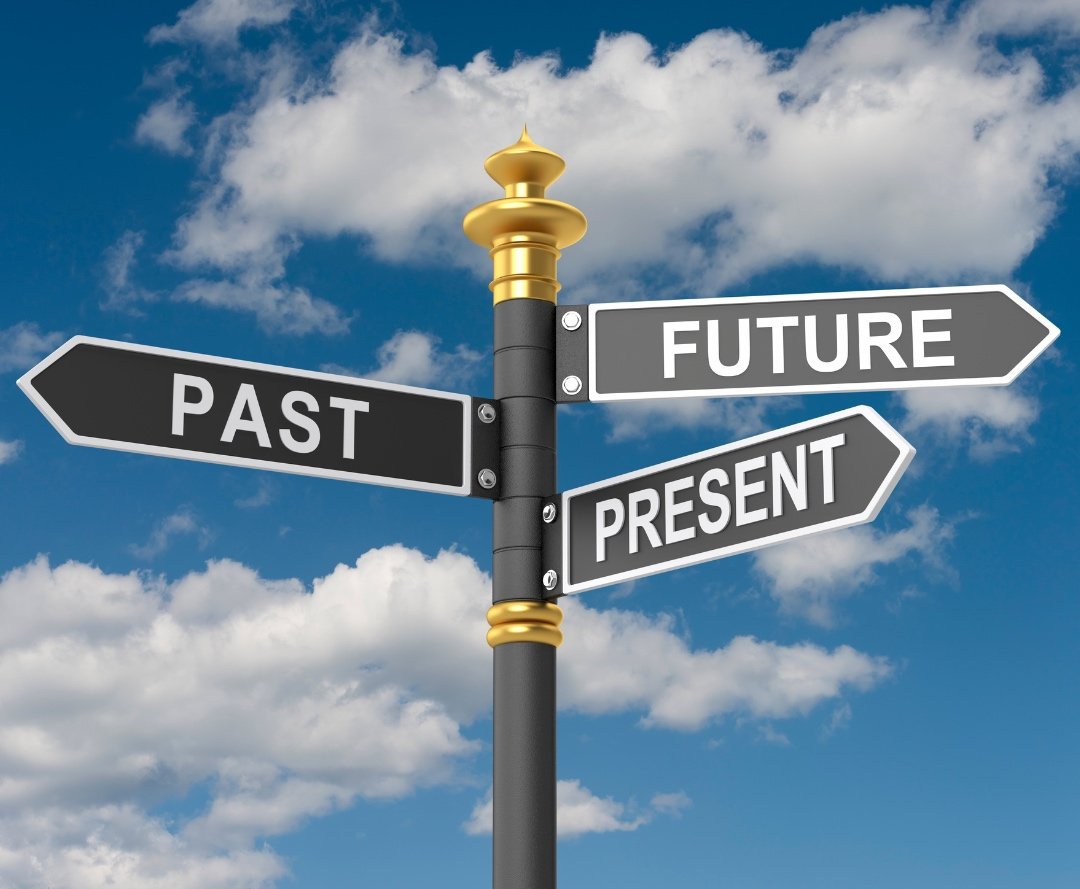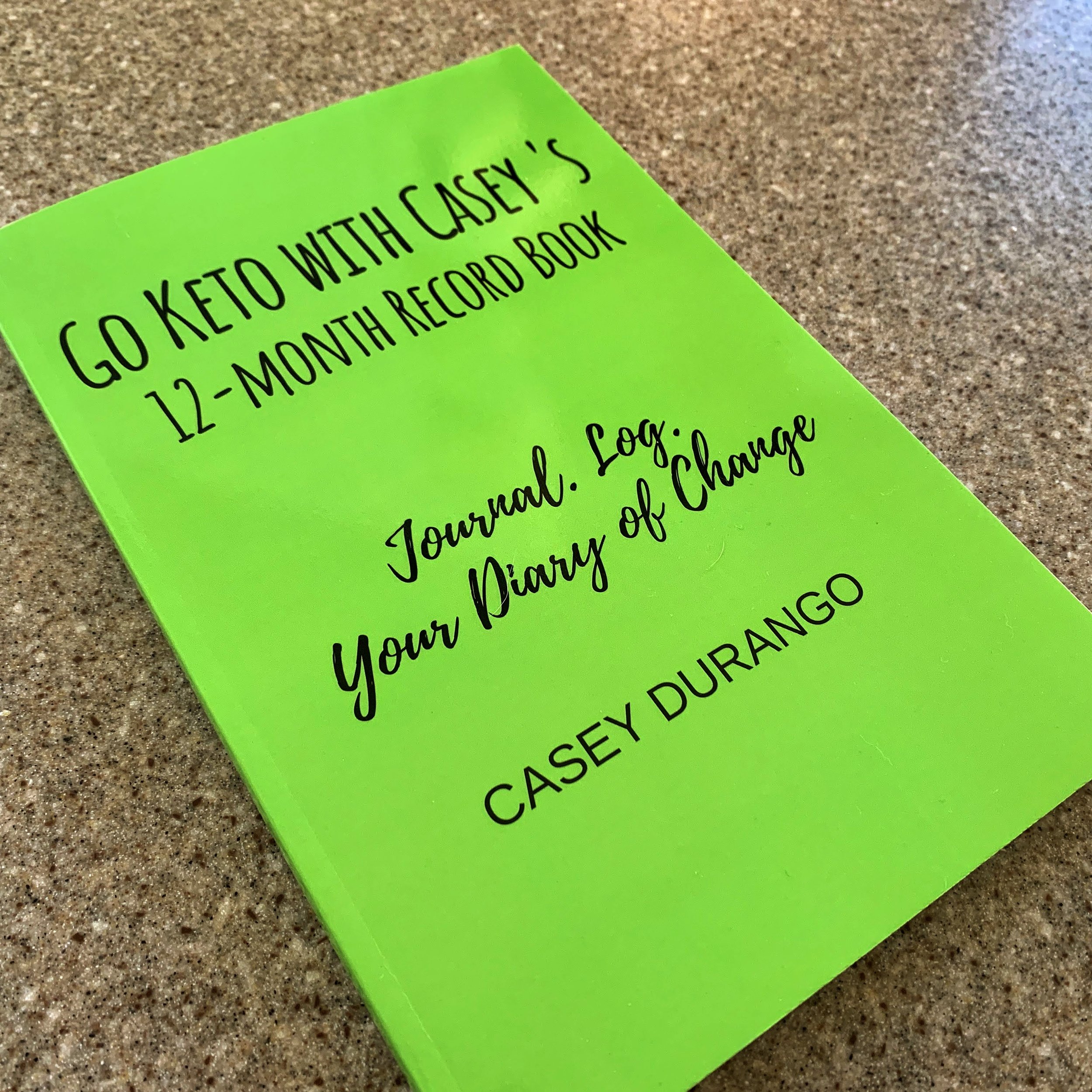Veggies and the Ketogenic Diet
/The tenets of a well-formulated ketogenic diet are pretty straightforward: keep carbohydrate intake to 20g/day or fewer (total carbs, not net), eat fatty sources of protein and don't eat if you're not hungry.
That's it. Truly. And the simplicity of it may be what gives some people pause. There must be more to it than that, right? The next question that many ask is, "Wait. What about eating plenty of vegetables & fruit? You forgot to add lots of veggies to the protocol."
In a previous post, the topic of fruit was covered and, you may be shocked to read that fruit is just not part of the program. Fruit = sugar. But what about veggies? We've been told to load up on brightly colored vegetables and that veg is pretty much "free" good. I think even some well known fee based diet programs still follow that recommendation. Not only must they be good for you, how in the world will you be able to... ahem.. "go" without copious amounts of vegetables?
The thing is, there are no unlimited foods on the diet. It's illogical to think one could eat endless portions of anything, keto-friendly or not, and not either stall out or, more likely, gain weight. In the end, consuming more fuel than your body needs for its energy requirements will result in exactly what common sense tells us will happen: nothing good. And there are no minimum requirements for vegetables, leafy and green or otherwise. To the contrary. For most people, the majority of carbohydrate intake comes from non-starchy vegetables (for a partial list of those, see the 2 page document of the food list I follow) and since the program is to keep total carbohydrate intake to 20/g/day or fewer, there are maximum veggies to consume. Not minimum. It comes to about a cup a day of non-starchy veggies (before cooking) and about 2 cups a day of leafy greens a day. Again, maximum. I often go days without eating any vegetables at all.
This is a haul of veg that lasted us quite a while. Some days we eat more vegetables. some less. Some none.
This is so NOT what we've been told for decades. Keep in mind, carbohydrate is not an essential nutrient. That means we don't have to consume it. We do indeed need to consume protein and fat since the components of those two macronutrients can't be created by our bodies. But carbs? Not so much.
And the nutrition in vegetables is paltry compared to that in animal products. Check out the writing of Dr. Georgia Ede and Zoë Harcombe and their deep dives into this very topic. The ketogenic diet with the delicious, luscious, satiating - and a whole bunch of other positive adjectives - foods is simply very nutrient dense. Veggies can't compete
As for it idea that our bodies won't be able to process foods and then be able to eliminate the waste without vegetables, I can share that hasn't been even close to a problem for me, nor for the many people to whom I speak. Keep in mind that many things about our internal workings will behave differently when we're fat burners than when we were sugar burners. You'll be amazed just how many things. Seriously.
Some people will mourn not eating mixing bowl sized salads. Some will be relieved they don't have to eat one more spear of asparagus or floret of broccoli. If you're in the former situation, take solace in the fact that you can dip your steak in the bleu cheese dressing that used to cover your garden-on-plate.
It's hard to feel too bad about that.
Disclaimer: I’ve been fortunate to have had the time and resources to research the ketogenic diet, also known as LCHF (low carb/high fat). The information I share is based solely on my understanding of that research. We are all responsible for our own choices, including what we put in our mouths and there’s no substitute for each of us checking things out ourselves. And I’m not a medical professional in any way. Go Keto With Casey is not a medical site. “Duh,” you might say. But best to make it clear to all. I welcome questions, comments and even civil criticism. I’m still learning. So, if you have something to add, go for it. Links in this post and all others may direct you to affiliate links, where I will receive a small amount of the purchase price of any items you buy through those links. Thanks!

































